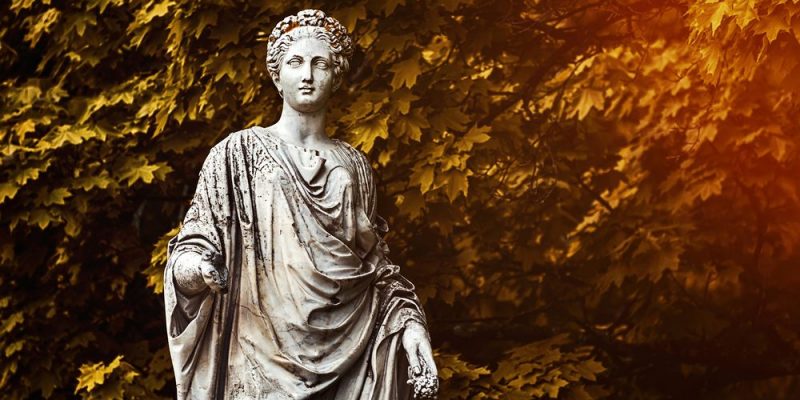We explain what spring is, its history and cultural meaning. Also, the processes that are carried out in it.

What is spring?
spring (from Latin primeto“first” and vera“greenness”) is one of the four climatic seasons What is the year divided into? of the temperate zones of the planet, along with summer, autumn and winter.
But unlike the latter, spring It is characterized by a gradual rise in temperature dispersion of rain, longer and sunnier days, and flowering and greening of deciduous (falling) plants.
The greening of plants has caused spring to be culturally associated with the ideas of rebirth, resurrection, joy and youth, against the association of winter with death. This can be perfectly perceived in the artistic and musical works that pay tribute to the station, such as the corresponding fragment of The four seasons by Vivaldi.
Spring begins, astronomically, with the spring equinox (March 20 to 21 in the northern hemisphere and September 21 to 23 in the southern) and ends with the summer solstice (around June 21 in the northern hemisphere and December 21 in the southern hemisphere).
See also: Rotation of the Earth
spring story

The seasons have always had a cultural or mythological correlation or explanation in human peoples, and spring in them has always played a celebratory, festive role. In Greek mythology, for example, the seasons were explained by the famous abduction of Persephone by the god of the underworld, Hades.
Persephone, tradition has it, was the daughter of Demeter, an agricultural and earth goddess, and when she was forcibly taken underground to the world of the dead, she became so sad and unhappy that Hades had no choice. They had to come to an arrangement: she would spend six months with him underground (corresponding to the fall and winter) and then six months back with her mother (spring and summer). So, For the Greeks, the spring season was the celebration of the return of their daughter with Demeter. who made the plants bloom out of pure joy.
The celebration of the spring equinox was thus frequent not only in the culture of the ancient Greeks, but also of many European peoples of pantheistic religion, who are commonly referred to as celts.
They are a more or less similar group of people, unwritten and with an animist religion, who gathered every spring solstice to celebrate the return of fertility and heat to the world. The Celts also had their own calendar developed from the equinoxes and solstices, to which it is suspected that the ruins of Stonehenge in England would respond.
Why does it happen?

From an astronomical point of view, The seasons are due to the movement of inclination of the earth's axis which causes an unequal distribution of sunlight between both hemispheres, reversing every six months. It is not true that it is due to translational movement along its elliptical orbit.
Hence the seasons are contrary between the Northern and Southern hemisphere, making the boreal spring (north) the austral autumn (southern), in the three months prior to the solstice of the Tropic of Cancer (April, May, June); and for its part, the austral spring (south) coincides with the boreal autumn (north), the three months prior to the solstice of the Tropic of Capricorn (October, November, December).





